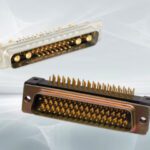Design Evolution in Today’s Orbital Satellite Systems
The ability of satellites to quickly collect large amounts of data has made them invaluable for communications, GPS, weather applications, and more. Like space technologies, new satellite designs are becoming smaller, even as they provide greater functionality.
The world has benefited from the development of orbiting satellites. The research, information, and communications they provide has inspired the development of a host of related technologies that have transformed life on Earth. Satellites have been employed in various patterns to extend telecommunications and gather visual images, and the use of satellites is continually expanding to new applications.

We commonly refer to the altitude of each satellite’s orbit with the terms LEO, MEO, and HEO (low, medium, and high Earth orbit, based upon its distance from Earth). Satellites are placed in orbit in various patterns and make prescribed travels to collect and transmit vital information. A geostationary (GEO) orbit follows a path above the equator and revolves around the Earth from west to east at the same rotation speed, giving the impression that the satellite is constantly above an assigned geographical place on earth. These are predominately telecommunication satellites, positioned as a necklace around the globe, that talk with others in the same pattern.
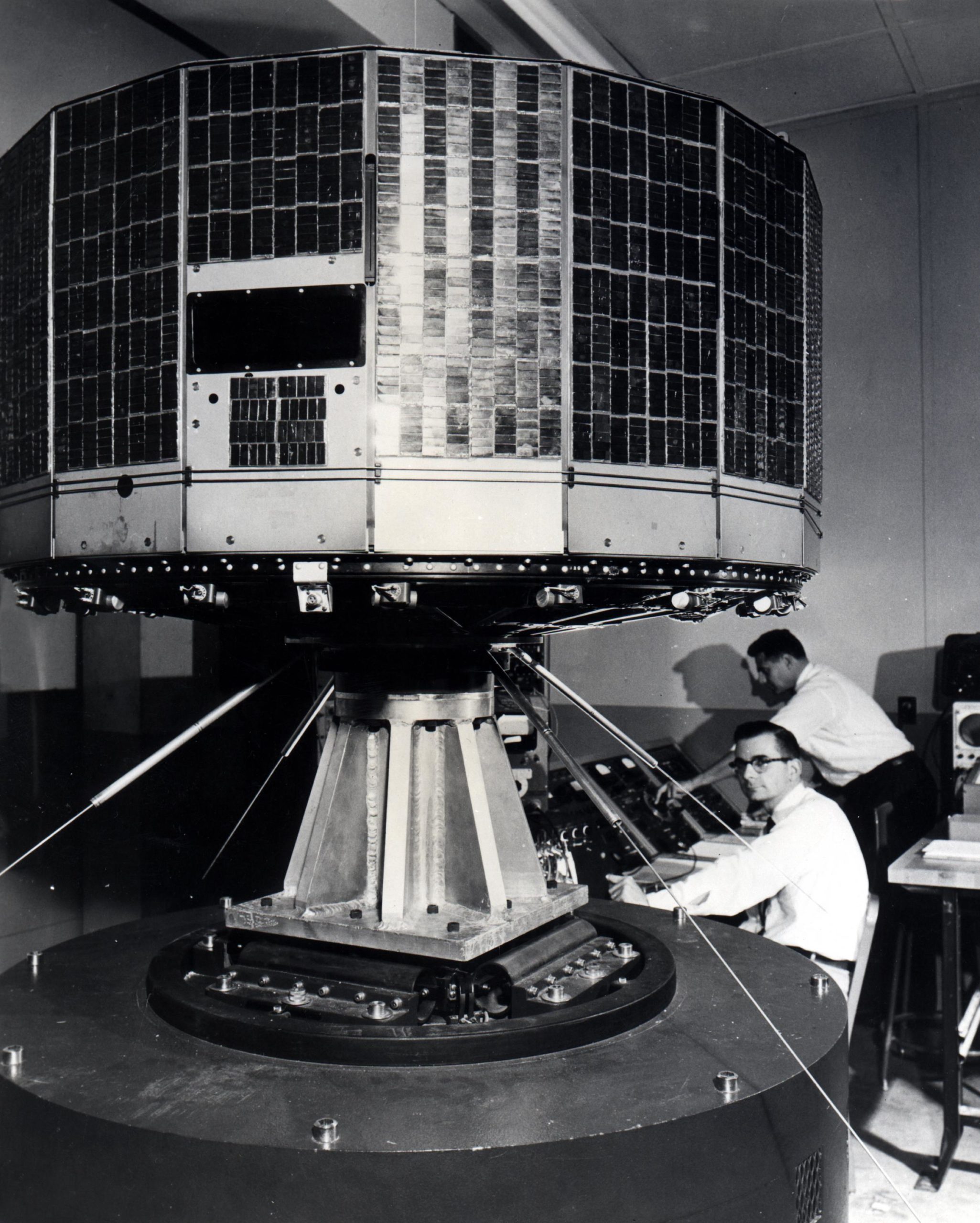
In 1960, a satellite designed by the Radio Corporation of America (RCA) launched to become the nation’s first weather satellite. This NASA program provided the first accurate weather forecasts based on data gathered from space.
A polar orbit follows a path that crosses both the North Pole and the South Pole daily. This is useful for initiating weather predictions and for establishing a high visual zone for military awareness. Other well-known satellites include those used for geo-positioning and range measurements (like GPS systems), those used for mapping and geo-physical mapping, and those used for astronomy, space research, and military/defense data collection and management.
Satellite design is predetermined by its application and whether it functions alone or is part of a chain. Today’s satellite industry focuses on multiple satellites working in a chain-link constellation system that constantly forwards data and instructions around the chain to avoid shadowing and potential sunspot or radiation noise.
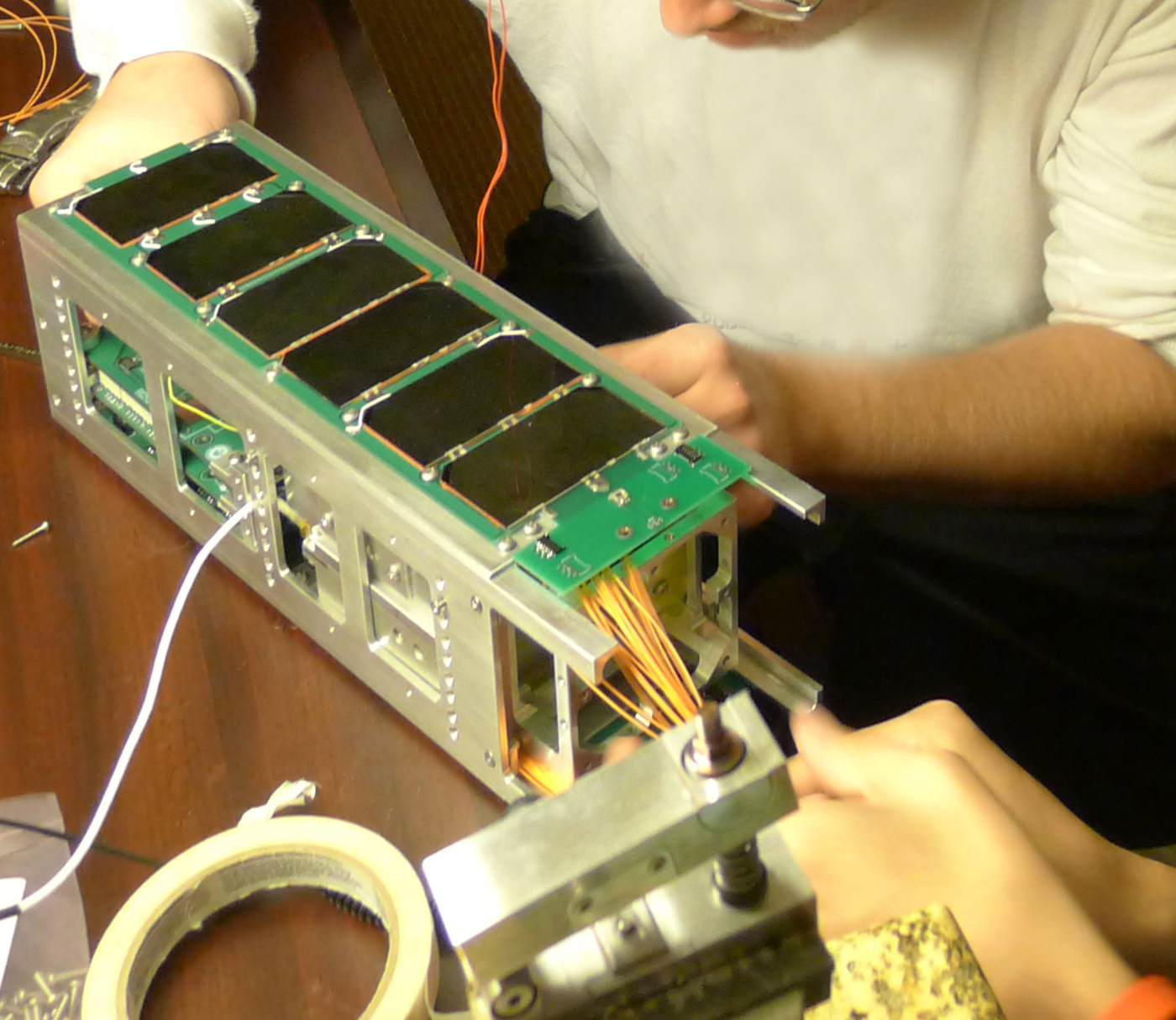
CubeSats and other small satellites represent a dramatic scaling down of satellite form factor from earlier units. These small devices are valuable research and educational tools. NASA’s CubeSat Launch Initiative partners with universities and non-profits to provide hands-on hardware development experience to young engineers.
Advanced micro-chip technologies have been developed to offer multiple functions within very small satellite modules. A complete satellite that used to be the size of a large beach ball can now fit inside a 3-inch cube, called a cube-satellite, or CubeSat. These smaller satellites have many advantages, including low weight and size, which result in significantly reduced costs to launch them compared to 10 years ago. By following a standard shape, they fit into the rocket launcher’s release format easily and can ride with multiple other “small-sats.” Multiple small-sats for constellations are built in groups with each one identical to the next. They are assembled in a production environment, pre-powered in the lab, and tested and programed to chat with each other.
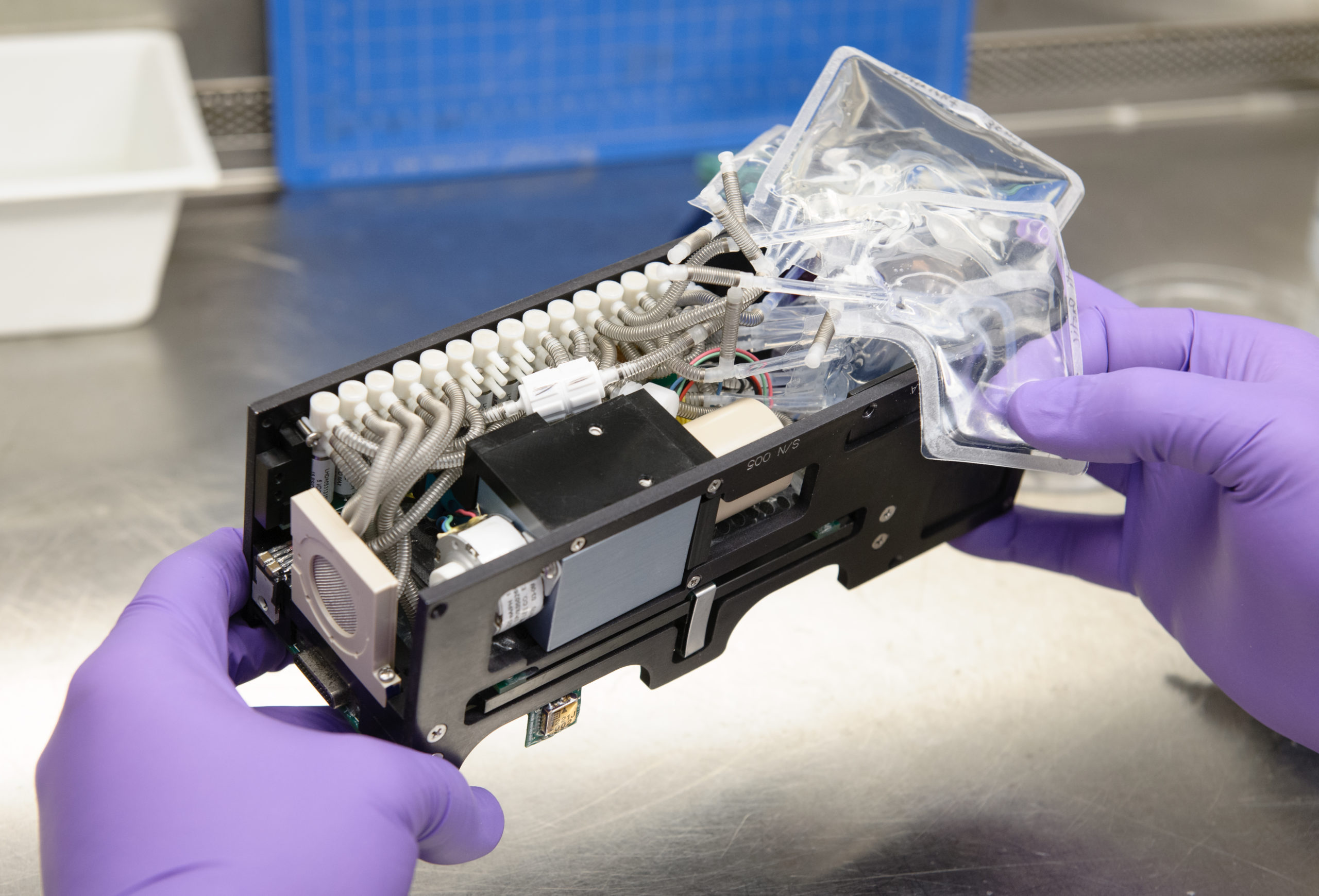
CubeSats and other small satellites serve numerous purposes. The E. coli Anti-Microbial Satellite, or EcAMSat, is a small satellite containing a miniature biology lab, developed and constructed at NASA’s Ames Research Center. EcAMSat is taking E. coli into low-Earth orbit to conduct a science investigation aimed at improving astronaut health.
As engineers design and build newer models, they continue to cram additional functions and applications into very tight spaces. This is more easily accomplished today because the chip circuitry is designed to operate on very low voltage signals and current sources. Designers are critically aware of signal noise and crosstalk from circuit to circuit that may interfere with the signals. For example, surveillance cameras on a satellite collect and process digital signals that must be converted to analog or microwave signals in order to beam data back to Earth. The circuits must be shielded from each other to prevent natural analog noise interfering with the digits that make up the image. This EMI, electromotive force, and similarly, cross-talk from wire to wire must be isolated and corrected on Earth. Signal processing chips must also be shielded from the radiation effects of the solar system. In short, generating small signals running at high speeds packed into very tight spaces requires skill and attention to detail. While building the devices, the manufacturer is bound to follow NASA or other government space agency guidelines that specify specific material qualities to ensure performance and prevent chemical outgassing that can ruin the circuit in time.
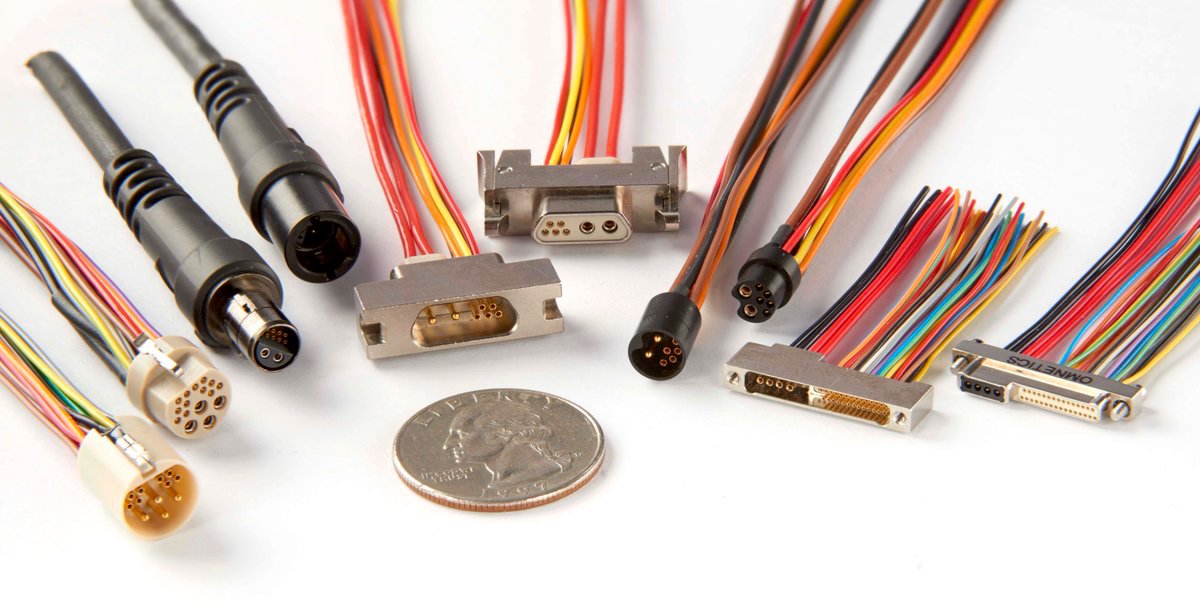
Omnetics micro- and nano-sized connectivity solutions help reduce payload in satellite and space applications. These precision components deliver exceptional performance in the harsh conditions of space.
Once in space, power supply needs become a critical factor and low power is a major benefit. Daily powering the functioning satellites depends on solar energy collection when they are not in a shadow field. Power storage remains an evolving technology. Note that power of some kind is also necessary to maintain the satellite position during orbit. Each one can stay somewhat in line but occasional energy bursts are needed. For example, a satellite may want to tumble as it races around Earth in such a low resistance atmosphere. Facing the earth at all times, many satellites use a remote star for a reference point to keep their attitude in check. A satellite will fire tiny bits of energy into one of its walls and, in turn, tiny portions of ion-plasma are released, giving it enough push to keep the satellite facing its proper direction.
After each satellite circuit has been completed, and all the circuits and functional plans are ready, they are turned on while at the test bench. During the function testing, each circuit is checked for a number of critical issues.
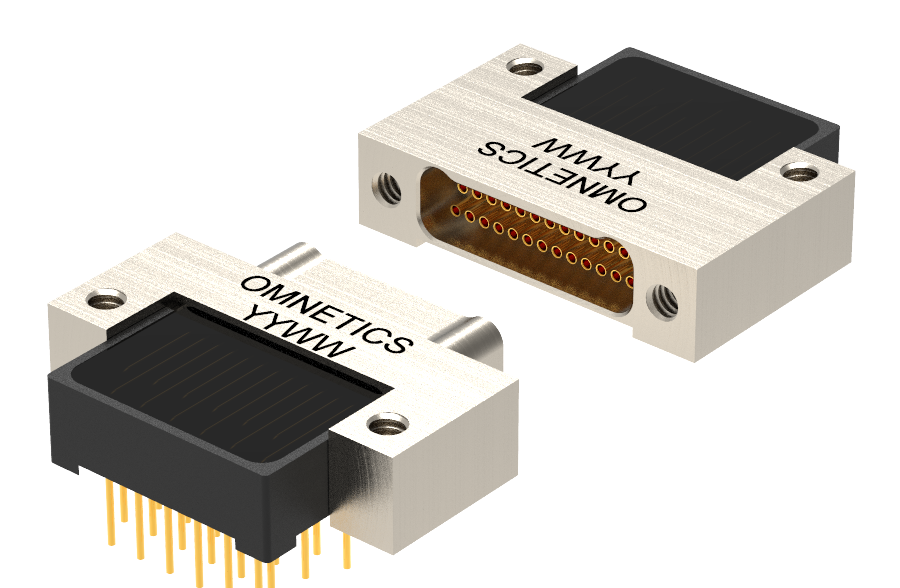
Omnetics Nano-D connectors meet the size, weight, and performance requirements of demanding satellite and space applications. These connectors have supported space shuttle, Mars Rover, and Iridium satellite programs.
Higher density circuit packaging methods are another focus for satellite circuit designers. Solid state chip technologies are mounted in hermetically sealed hybrid circuits. They are then soldered onto low profile packages and tightly packed and stacked vertically into the “cube sat” format. Each cable and connector is carefully selected to handle the signal correctly and route it to the next cube in the stack. In some cases, the finished satellite is a combination of two to three cube satellites bound into one 3 by 9 cube sat.
The success of a satellite depends heavily on designers and component manufacturers that have proven success in previous space applications. Companies that offer circuits and designs from chip and board to cable and connector products that have been proven and used in NASA applications will have the greatest success.
Visit Omnetics Connector Corporation online.
Like this article? Check out our other Connector Basics, and High-Reliability articles, our Datacom/Telecom and Military and Aerospace Market Pages, and our 2021 and 2020 Article Archives.
- Miniaturized High-Reliability Interconnects Fuel Medical Device Advancements - February 7, 2023
- Nano-Circular Connectors for Sensor Designs in Rugged Applications - March 22, 2022
- Miniature Connectors Empower Military Robotics - September 28, 2021


